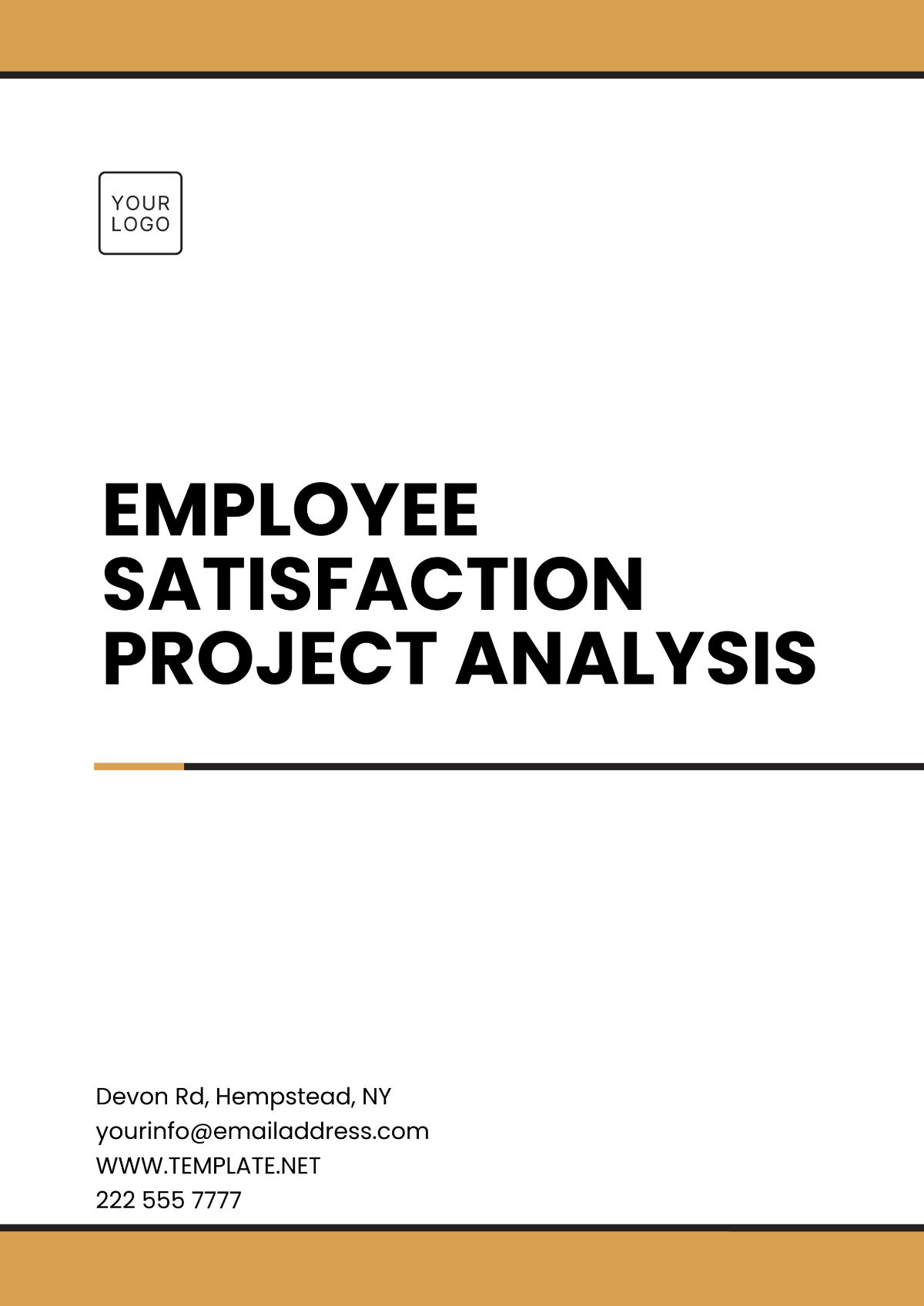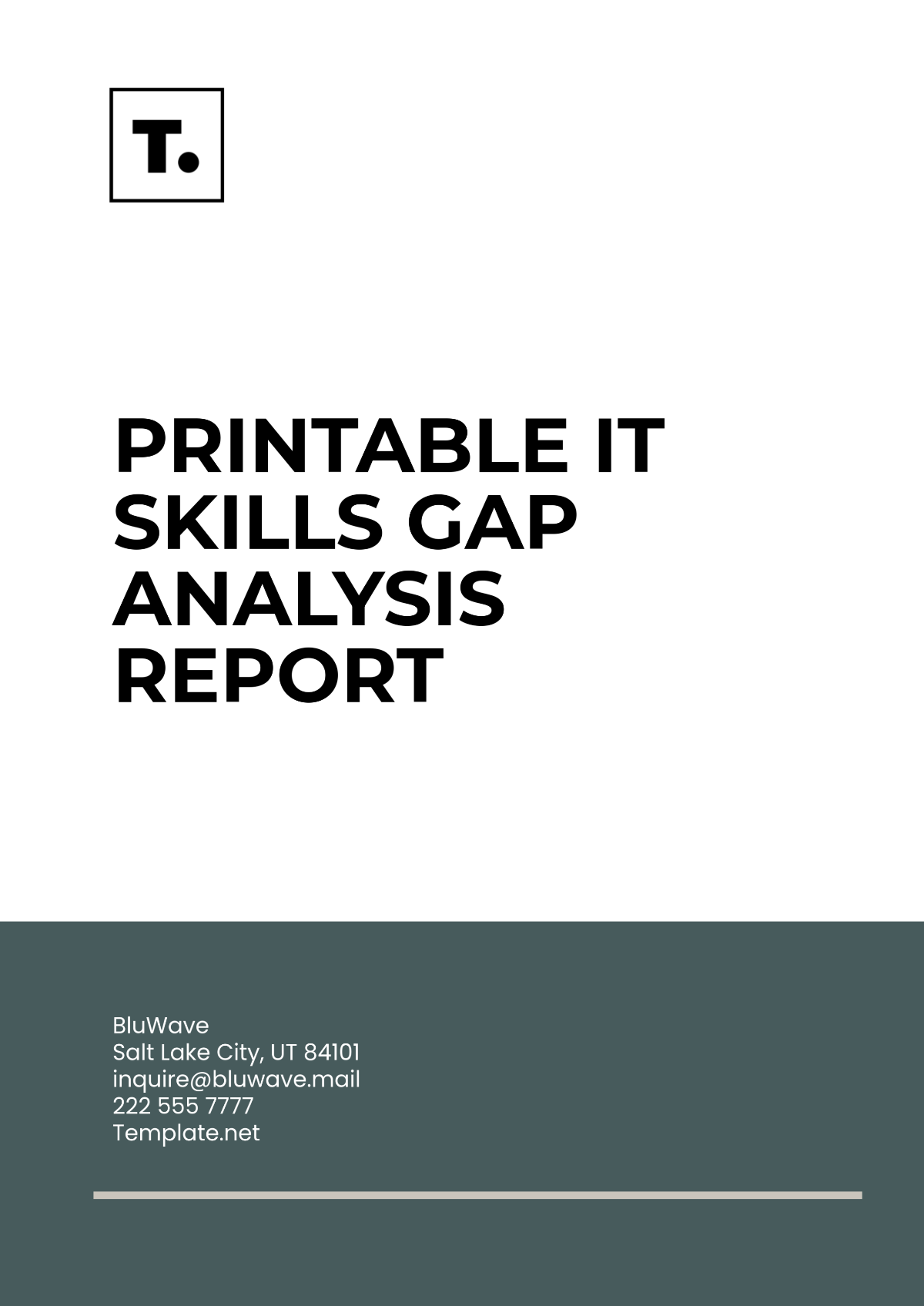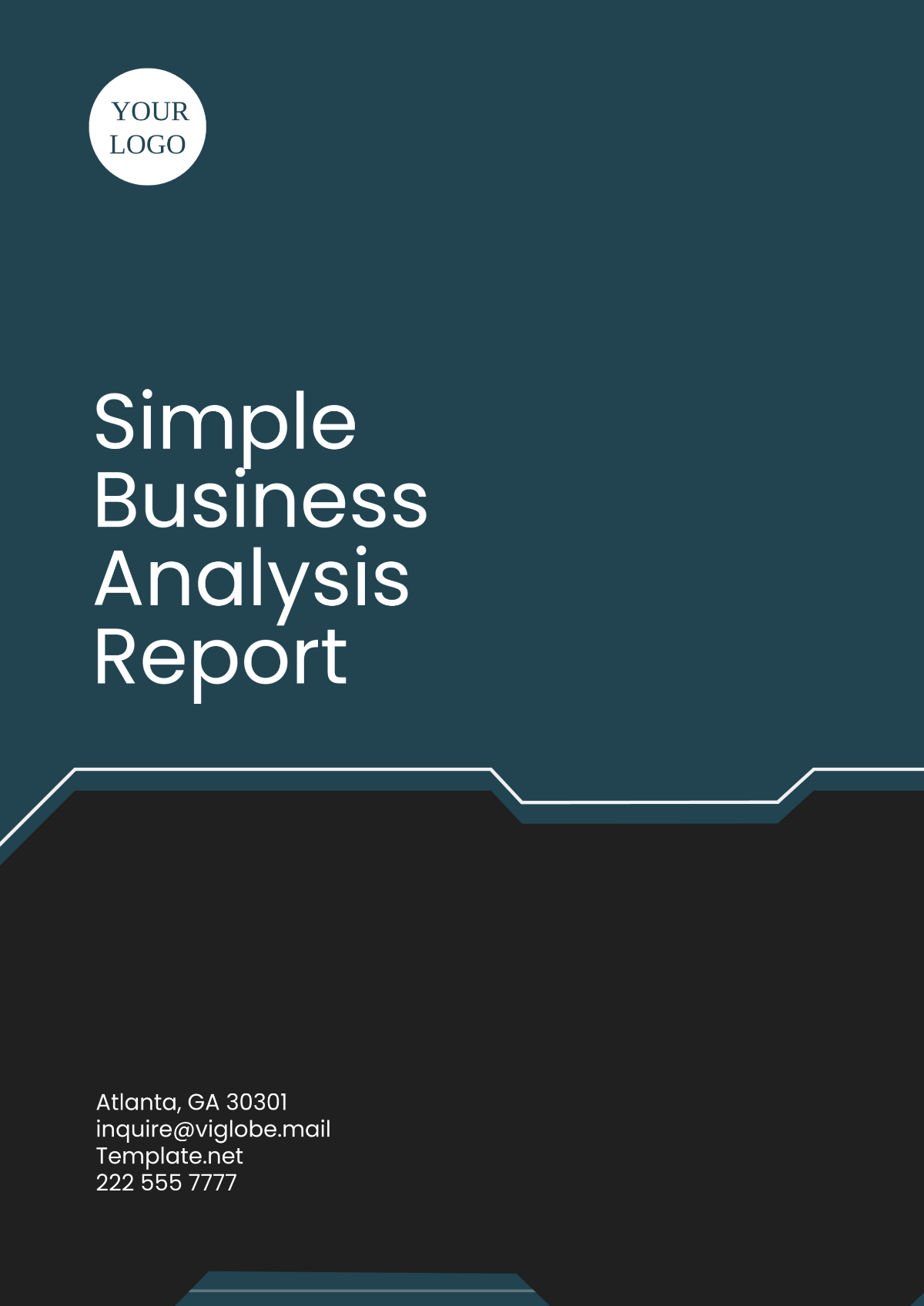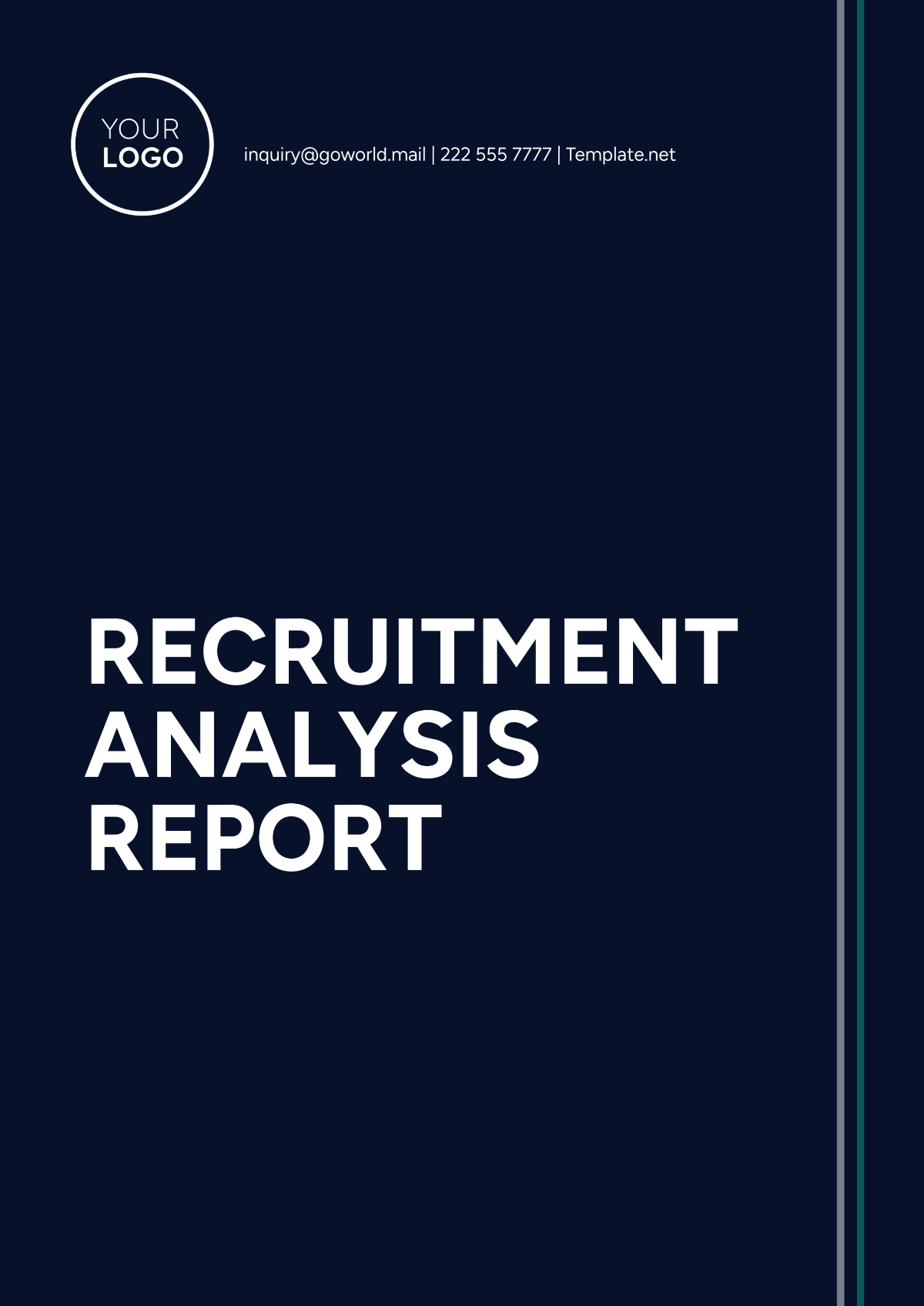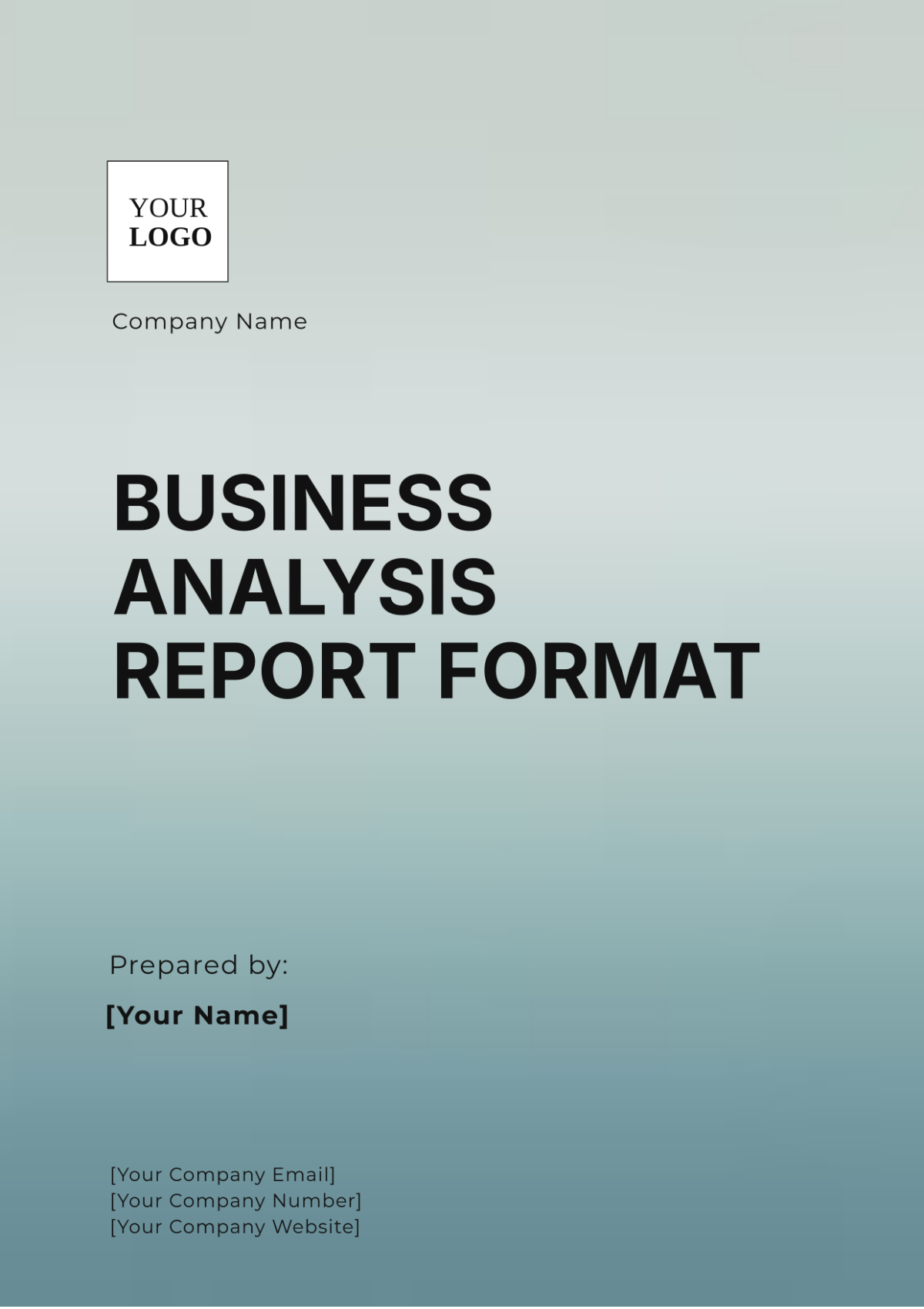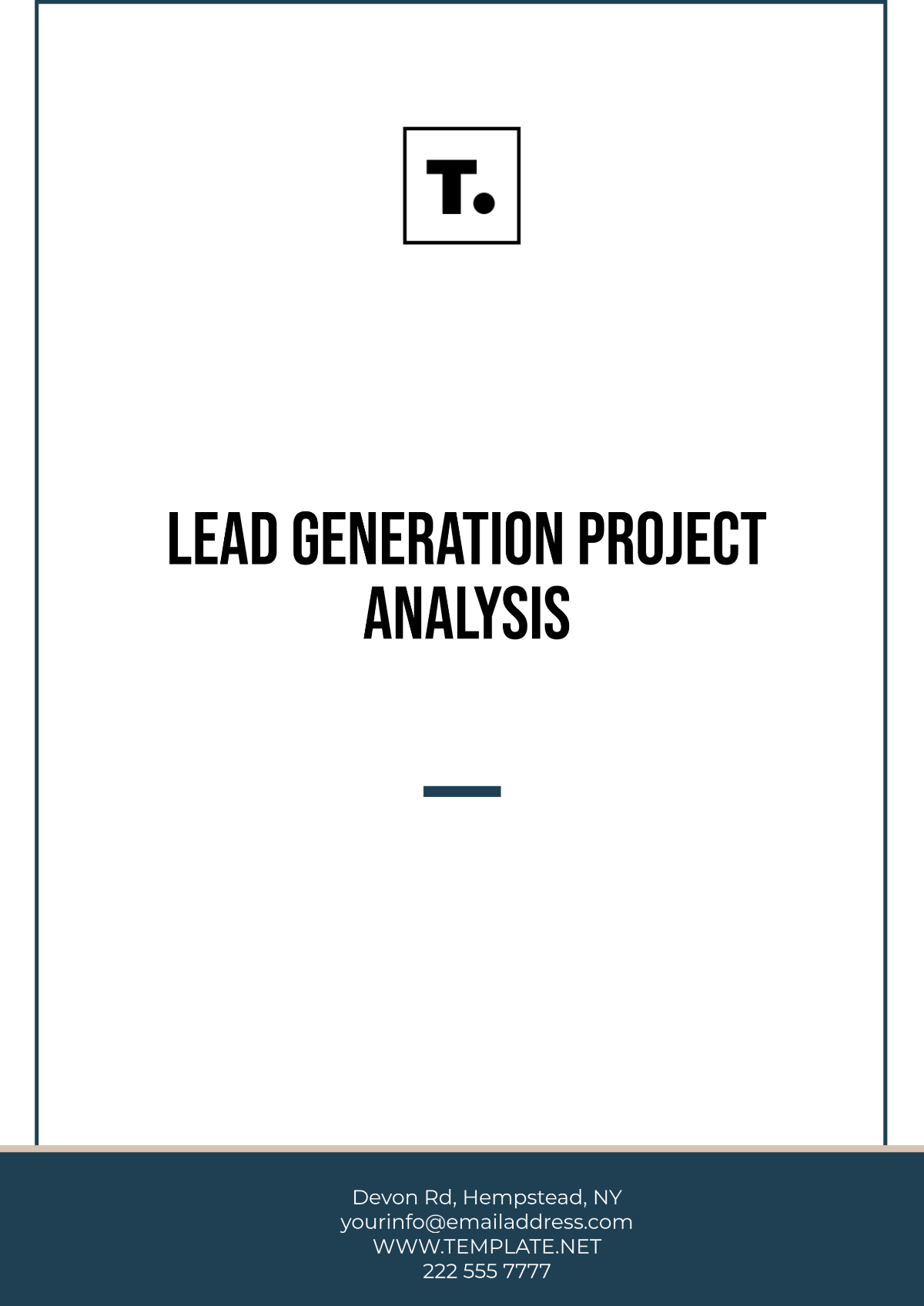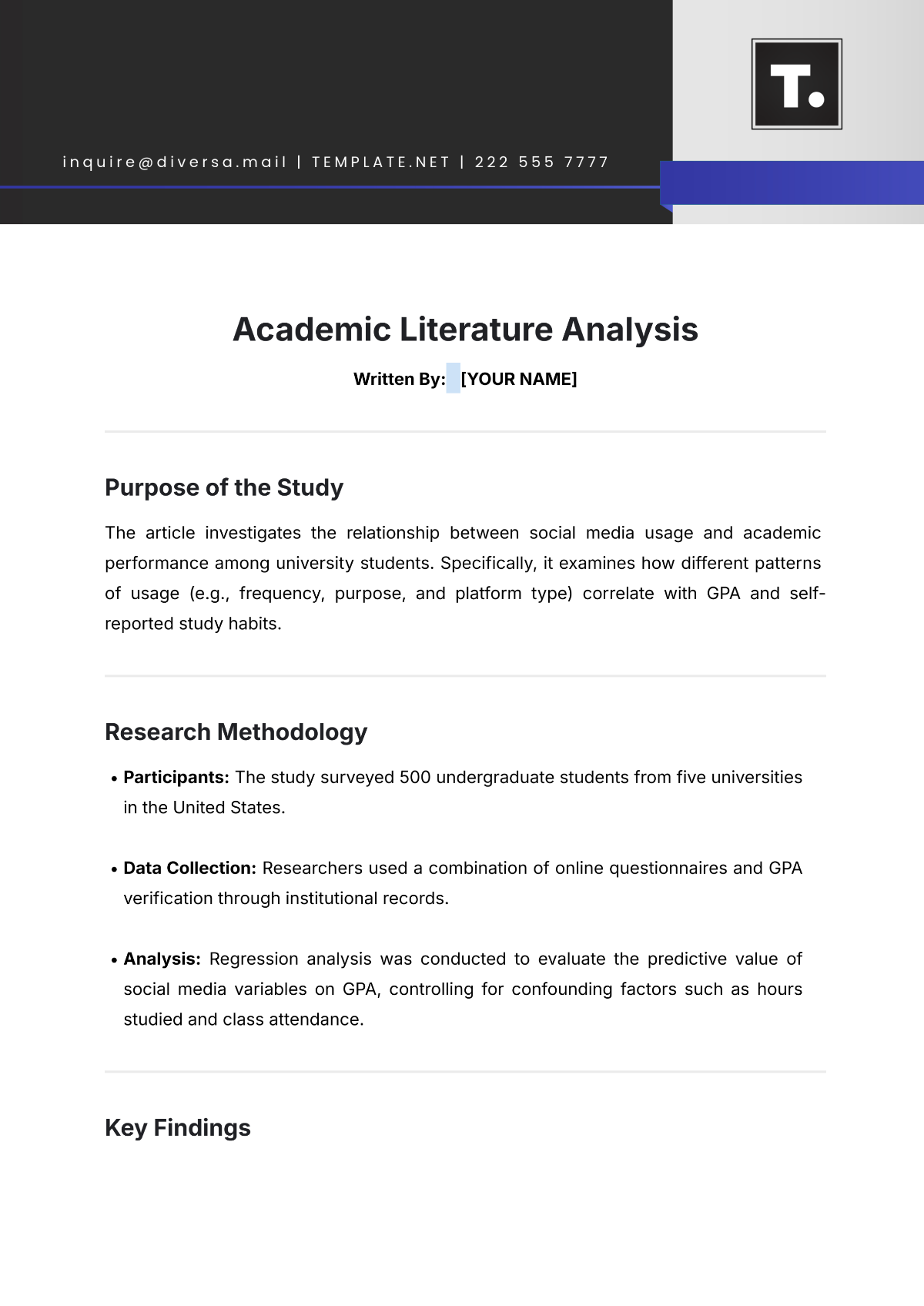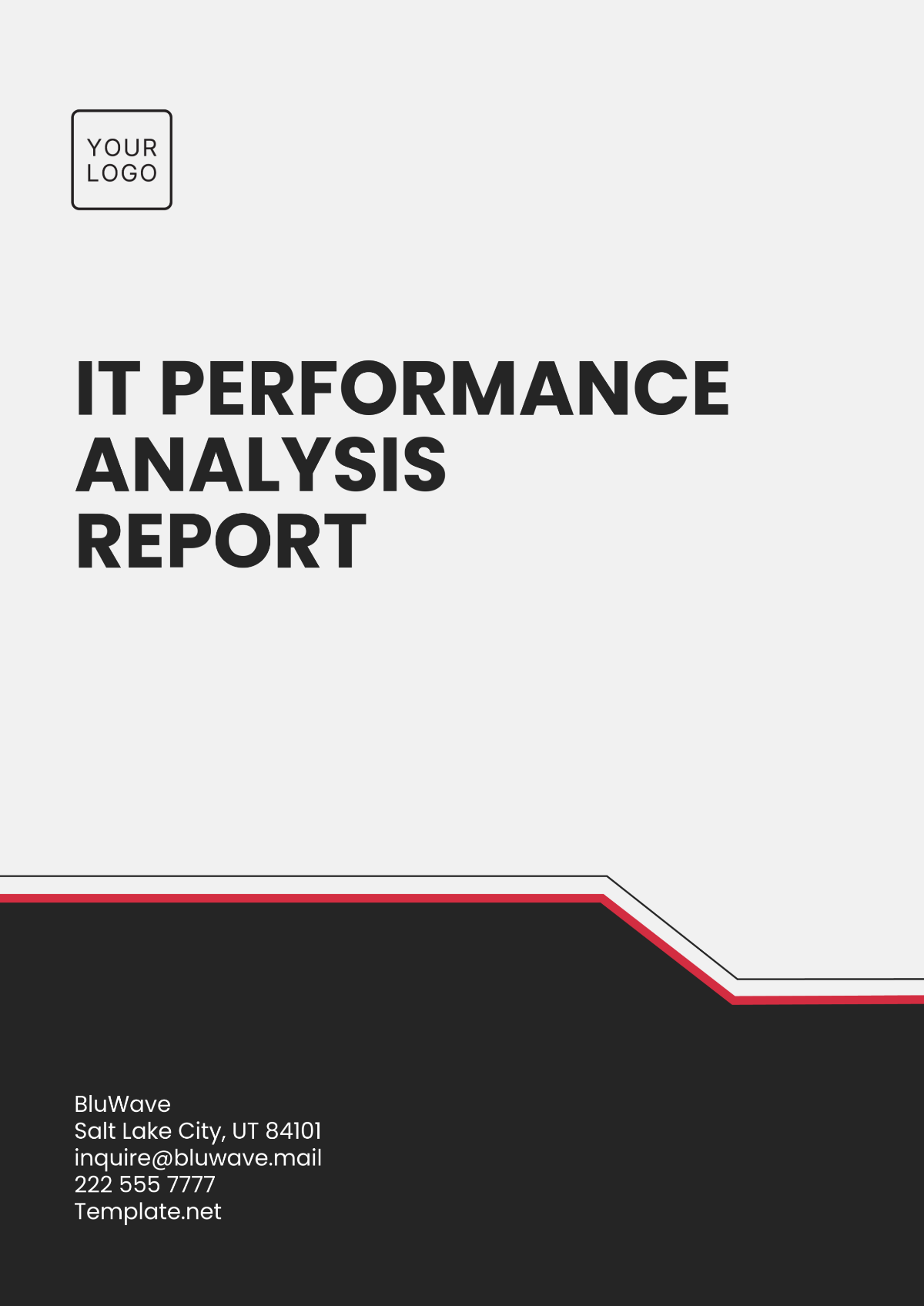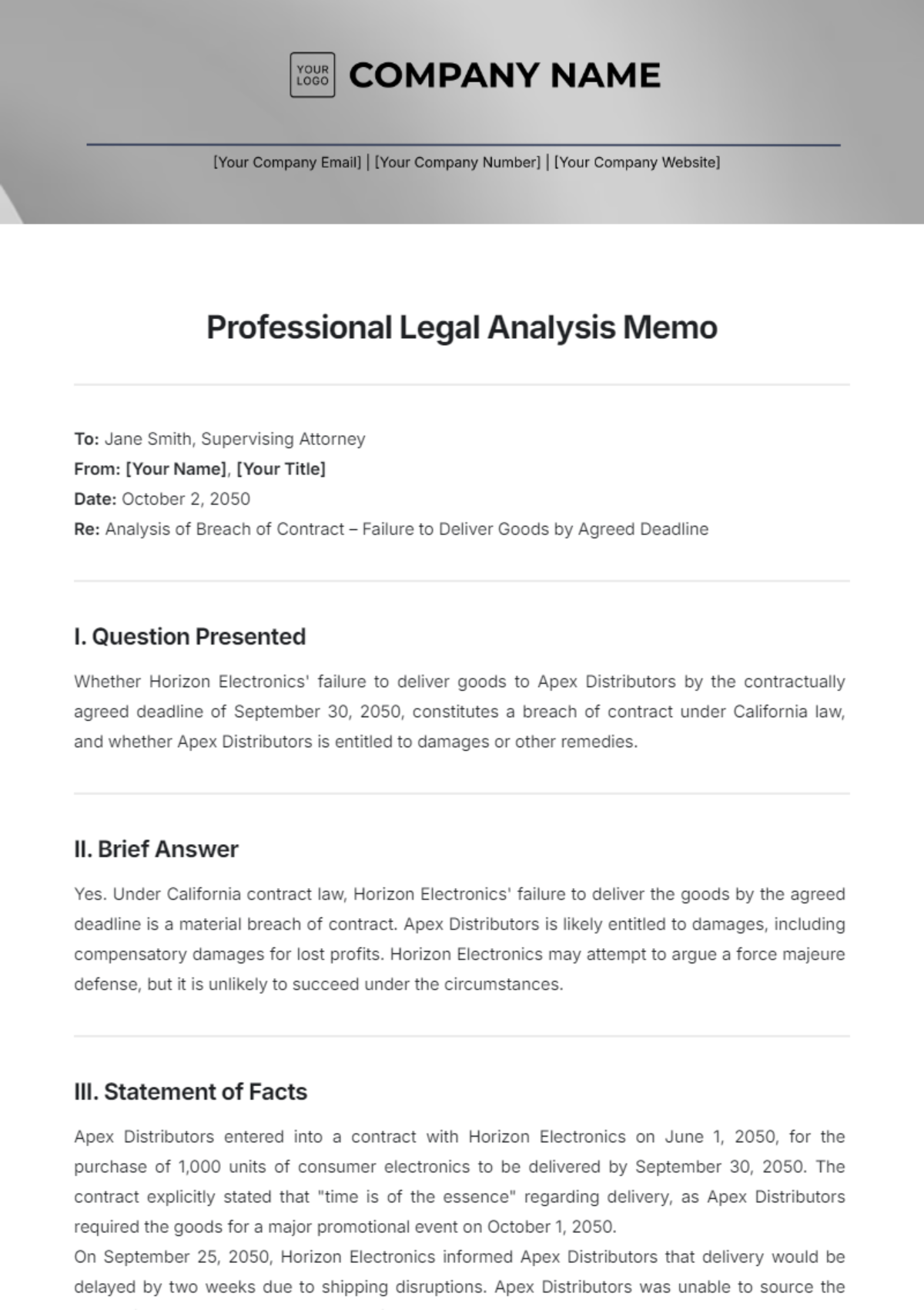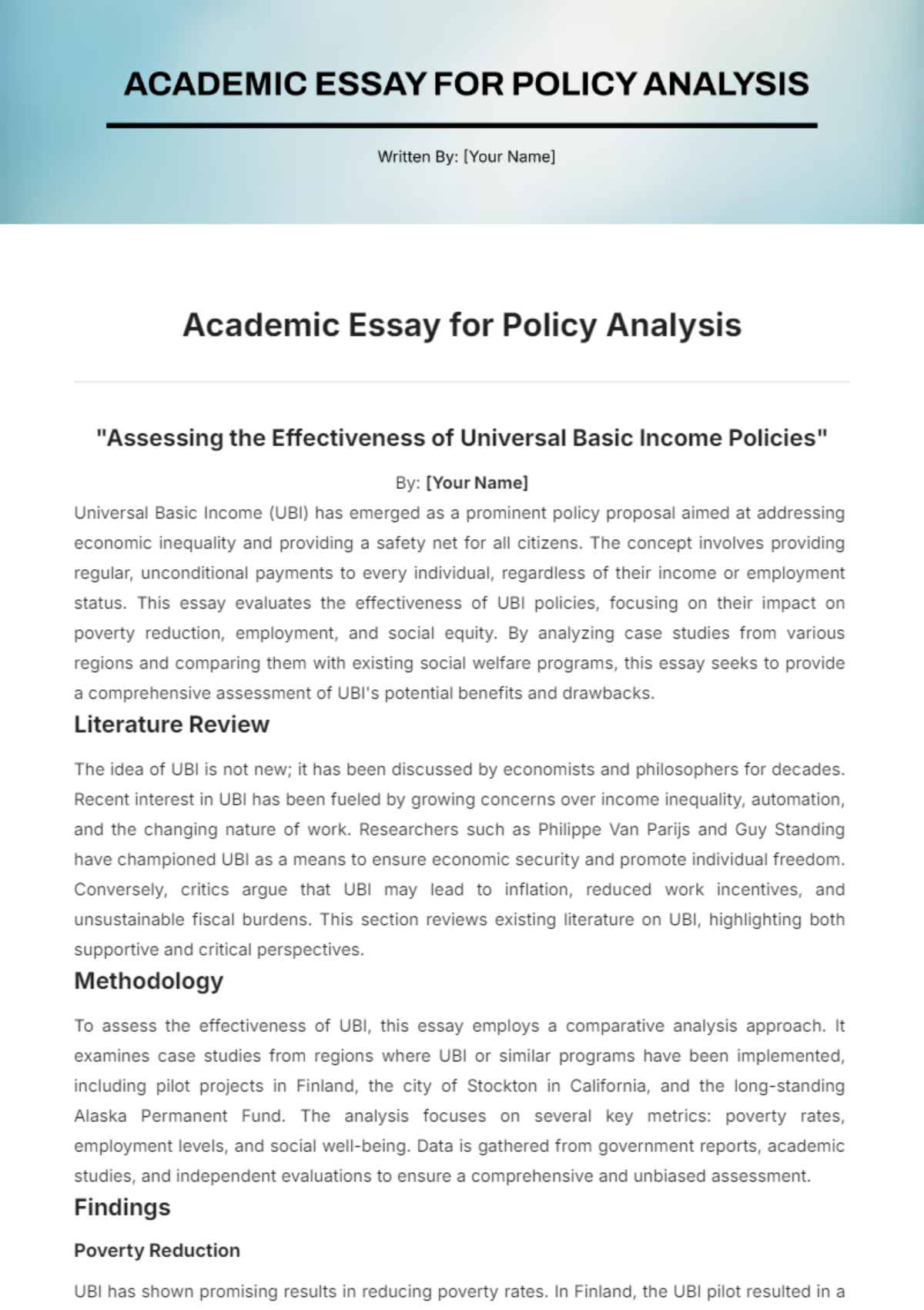Language Sovereignty Discourse Analysis
Prepared by: [Your Name]
Date: [Date]
1. Introduction
Language sovereignty discourse analysis examines the interplay between language policies, ideologies, and practices and linguistic communities' autonomy and rights. This analysis explores how these discourses affect the preservation and revitalization of languages, particularly indigenous and minority communities. By dissecting how language is utilized and represented in various contexts, this analysis sheds light on the socio-political and cultural ramifications of language use.
2. Literature Review
2.1 Theoretical Frameworks
Language Ideology: This framework explores the beliefs and attitudes influencing how language is perceived and utilized. It addresses how these ideologies impact power relations and the status of different languages.
Language Rights: Focuses on the rights of individuals and communities to use and preserve their languages, including legal and policy considerations.
Cultural Identity: Examines how language contributes to cultural identity and community cohesion, and how language loss affects these aspects.
2.2 Previous Studies
Historical Context: Research has documented historical instances of language suppression and efforts to revitalize endangered languages. Studies highlight how historical events have shaped current language dynamics.
Policy Analysis: Evaluate the effectiveness of various language policies, including successes and failures in promoting and preserving linguistic diversity.
Case Studies: Provides detailed examinations of specific communities, illustrating their struggles and achievements in maintaining language sovereignty.
3. Methodology
3.1 Research Design
Qualitative Methods: Includes in-depth interviews with community members, policymakers, and activists, as well as participant observations and analysis of relevant documents.
Quantitative Methods: Utilizes surveys and statistical tools to analyze language use patterns and the impact of language policies.
3.2 Data Collection
Primary Sources: Interviews and discussions with stakeholders, including community leaders and members involved in language preservation efforts.
Secondary Sources: Government documents, academic research, media articles, and reports relevant to language policies and community impacts.
3.3 Analytical Approach
Discourse Analysis: Investigates the language used in official policies, media, and public discourse to understand how it influences and reflects power dynamics.
Comparative Analysis: Compares language policies and their outcomes across different regions and communities to identify successful strategies and common challenges.
4. Analysis
4.1 Discourses of Language Sovereignty
A. Political Discourses
State Policies: Analyzes government policies affecting language use and education in the Sámi region, including policies in Norway, Sweden, and Finland. Examines their impacts on the Sámi languages' vitality and community rights.
Legislative Measures: Reviews laws and regulations related to Sámi language rights and their effectiveness in supporting Sámi languages.
B. Cultural Discourses
Media Representation: Investigates how Sámi language issues are portrayed in media and the influence of these portrayals on public opinion and policy.
Educational Practices: Evaluate how educational systems in the Sámi region support or hinder the use and development of Sámi languages.
4.2 Impact on Communities
A. Case Study: Sámi Languages in Northern Europe
Historical Context: Provides an overview of historical language suppression and the efforts to revitalize Sámi languages in Norway, Sweden, and Finland.
Current Challenges: Discusses contemporary issues such as language loss, policy inadequacies, and social pressures affecting the Sámi community.
Revitalization Efforts: Analyzes successful strategies and community-led initiatives aimed at preserving and promoting Sámi languages, such as Sámi language education programs and cultural festivals.
B. Case Study: Sámi Languages in Urban Areas
Urbanization Effects: Examines how migration and urbanization impact Sámi language use and preservation in urban centers.
Policy Gaps: Identifies shortcomings in existing policies that affect linguistic diversity in urban settings, particularly for Sámi communities.
Community Responses: Describes grassroots movements and advocacy efforts addressing language preservation in urban environments.
5. Findings
5.1 Key Insights
Policy Effectiveness: Reveals variability in the success of language policies across Norway, Sweden, and Finland, and highlights effective practices observed in the Sámi region.
Community Resilience: Demonstrates strong Sámi community efforts to preserve and revitalize languages despite external challenges.
Cultural Impact: Shows the significant role of the Sámi language in maintaining cultural identity and social cohesion within Sámi communities.
5.2 Patterns Identified
Policy Gaps: Common issues such as insufficient funding, lack of implementation, and inadequate support for community-driven initiatives.
Successful Strategies: Effective approaches are identified through case studies, including community involvement, educational programs, and legislative support.
6. Discussion
6.1 Implications for Policy
Recommendations: Suggest improvements for language policies to better support Sámi linguistic diversity and community rights. Emphasizes the need for inclusive, well-funded, and community-focused policies.
Best Practices: Highlights successful strategies from Sámi case studies that could be applied in other regions to enhance language preservation efforts.
6.2 Broader Context
Socio-Political Dynamics: Explores how language sovereignty intersects with broader socio-political and cultural contexts in the Sámi region, including power relations and identity politics.
Future Research Directions: Identifies areas for further investigation, such as emerging trends in Sámi language revitalization and new challenges facing Sámi linguistic communities.
7. Conclusion
7.1 Summary of Key Points
Impact of Discourse: Summarizes how discourses around Sámi language sovereignty influence and are influenced by power dynamics and cultural forces.
Community and Policy: Highlights the crucial role of effective policies and Sámi community efforts in supporting linguistic diversity and preserving cultural identity.
7.2 Recommendations
Policy Development: Stresses the importance of creating and implementing more effective language policies that address the needs of Sámi linguistic communities.
Support for Revitalization: Calls for increased support for Sámi community-led language revitalization initiatives and preservation programs.
7.3 Final Thoughts
Language sovereignty discourse analysis provides valuable insights into the complex interactions between Sámi language, culture, and power. Understanding these dynamics is essential for developing strategies that effectively support linguistic diversity and empower Sámi communities.















